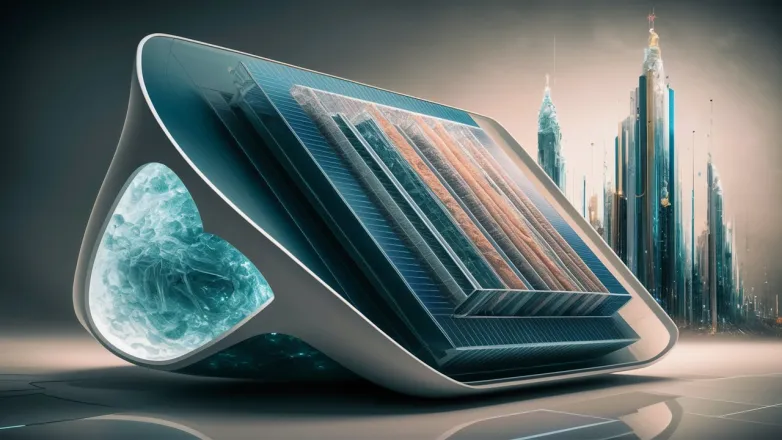Carbon-Based Perovskite Solar Cell Reaches 14.15% Efficiency
- Revolutionary surface engineering strategy boosts efficiency of low-cost solar cells without compromising stability. A breakthrough in carbon-based perovskite technology.

Researchers from Beihang University and Changchun University of Technology in China have developed a new surface engineering strategy to create low-cost solar cells without a hole transport layer. By treating the devices with benzoylcholine halide, they were able to achieve an efficiency of 14.15% in carbon-based perovskite solar cells, without compromising stability.
The team designed the solar cell with a substrate made of tin oxide, an electron transport layer made of titanium oxide, an absorber made of a CsPbI3 perovskite material, and a carbon electrode. The cells treated with benzoylcholine halide showed a significant improvement in efficiency compared to a reference cell without the treatment, with an open-circuit voltage of 1.21 V and a fill factor of 79.03%. The researchers believe that their work provides a promising approach for high-performance CsPbI2Br-based photovoltaics.
How did researchers improve efficiency of low-cost solar cells without hole transport layer?
- The researchers utilized a surface engineering strategy involving benzoylcholine halide to enhance the efficiency of low-cost solar cells without a hole transport layer.
- The solar cells were designed with a tin oxide substrate, titanium oxide electron transport layer, CsPbI3 perovskite absorber, and carbon electrode.
- Solar cells treated with benzoylcholine halide demonstrated an efficiency of 14.15%, with an open-circuit voltage of 1.21 V and a fill factor of 79.03%.
- The improved efficiency was achieved without compromising the stability of the carbon-based perovskite solar cells.
- This research provides a promising approach for high-performance CsPbI2Br-based photovoltaics, offering a cost-effective and efficient solution for renewable energy generation.
Also read

